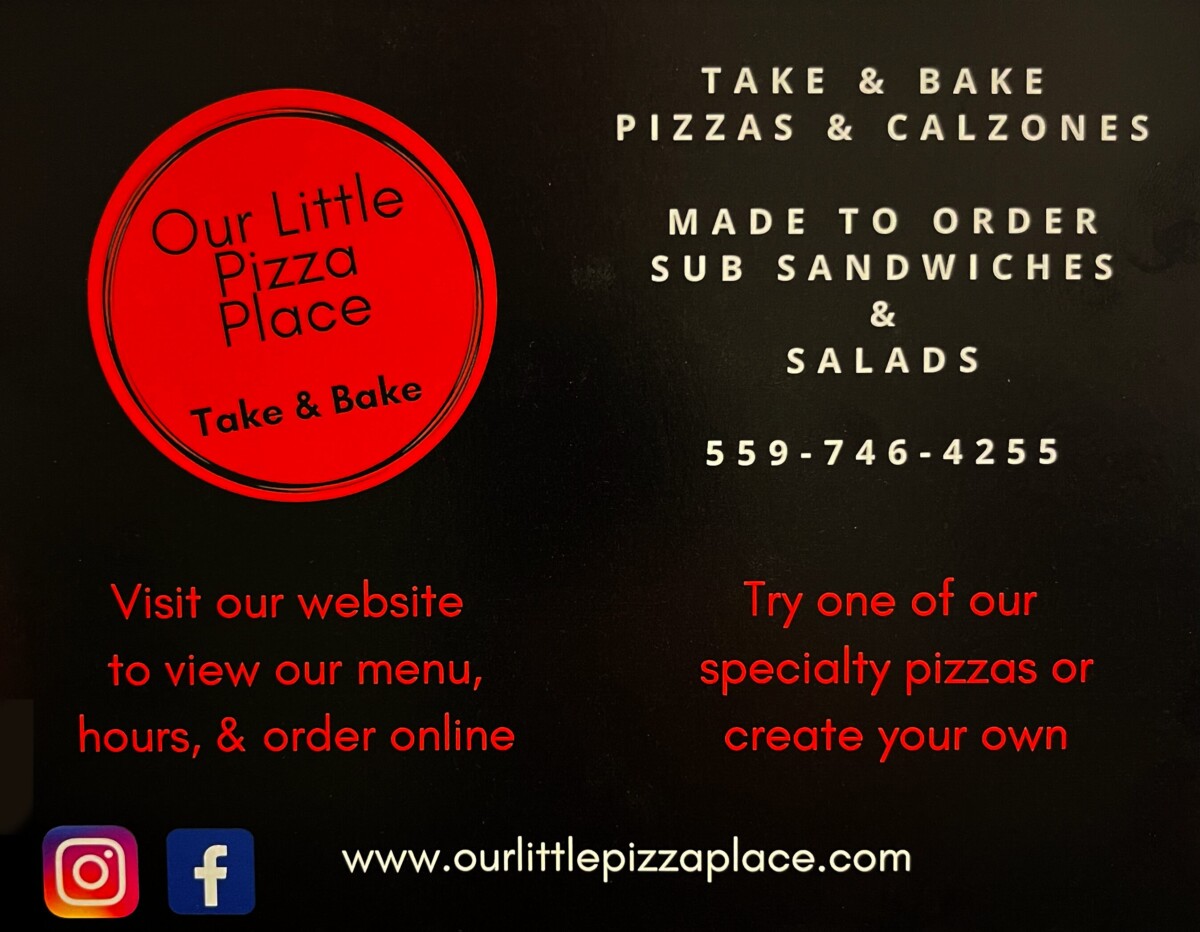By: Monica Aviles
Thanksgiving was on the 28th this month. It is a day where most Americans celebrate what they’re grateful for and family gather at the dinner table to feast. Near this holiday, children are also taught about the harvest feast in 1621 with the Pilgrims and Native Americans.
Although, not everyone celebrates Thanksgiving. Many Native Americans see it as a day of mourning. A day to honor their lost ancestors, and to fight the ongoing racism and oppression faced by their people. Many are reminded of the genocide that millions of Native people suffered through, and the theft of their land.
Other Native Americans, despite the origin of the holiday, celebrate and gather family to eat. Giving thanks is an important principal to the Native culture, and they are happy to share this gratitude on Thanksgiving. Some Natives also see it as a celebration of their survival.
As a child, teachers explain the reason for celebrating Thanksgiving and the harvest feast held in 1621. The stories that are taught to these children by their teachers, are a “fairy tale” or a “fantasy” according to several Native Americans. Sometimes students reenact scenes, and create headdresses. This teaches them that it is okay to dress up as another’s person’s culture and that creating a caricature is okay.
“If we’re going to choose a day for Native American Heritage Day when school is out, then how about Thanksgiving Day itself? Why not? That way we could learn about the real history of the holiday, and not the romanticized version we all hear about.” – Simon Moya Smith
The majority of people see Thanksgiving as the time where friendly English settlers (pilgrims) met the Wampanoag tribe, (Native Americans of southeastern Massachusetts and eastern Rhode Island) and had three days of feasting and Thanksgiving in 1621. According to some Native people, this wasn’t a celebration of peace but a celebration of massacre, where Pilgrims came to steal and murder millions of their ancestors.
The Pilgrims and the Wampanoag tribe did sit and feast. The Natives welcomed the new settlers and taught them how to hunt, fish, etc. 90 Native Americans, and 53 Pilgrims joined in on the celebration of a successful harvest.
This peace did not last for long. In 1637, Massachusetts colony governor John Winthrop, declared Thanksgiving to be a day where everyone celebrates the colonial soldiers who had murdered 700 Pequot (North American Natives who lived in the Thames valley, what is now Connecticut) men, women, and children. Many battles followed before and after that. Some Natives were even enslaved and transported out of their homelands.
“You take the holiday and make it yours. That doesn’t strip it of its original meaning or its context… It is a holiday that commemorates the beginning of the end for us, the death of a culture. I guess you could say Thanksgiving is also about survival, look how strong we are.” – Sherman Alexi
Some Americans tend to ignore the truth about what happened to the Native population. Less than one percent of Americans have Native American blood. November is also Native American heritage month, take this opportunity to learn about not only the history of Native Americans, but to celebrate their strength when Thanksgiving comes around next year.
I celebrate Thanksgiving, not because of the history behind it, but seeing it as a way to bring the family together. A day to express how thankful we are, and to be surrounded by our loved ones.
Monica Aviles
Monica Aviles ('21) is a senior, and is in her second year of writing for the arts & entertainment section. The majority of her writing revolves around culture, activism, and different forms of art. Outside of the Gigantea, Monica is on the girl's wrestling team, president of the asl club, and is involved with many other clubs like Red Ink. You can reach her by email at monic.av3959@vusd.us

